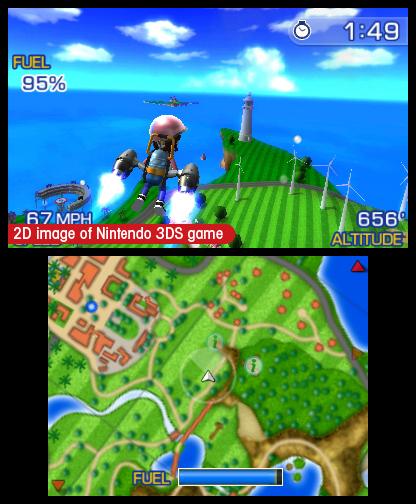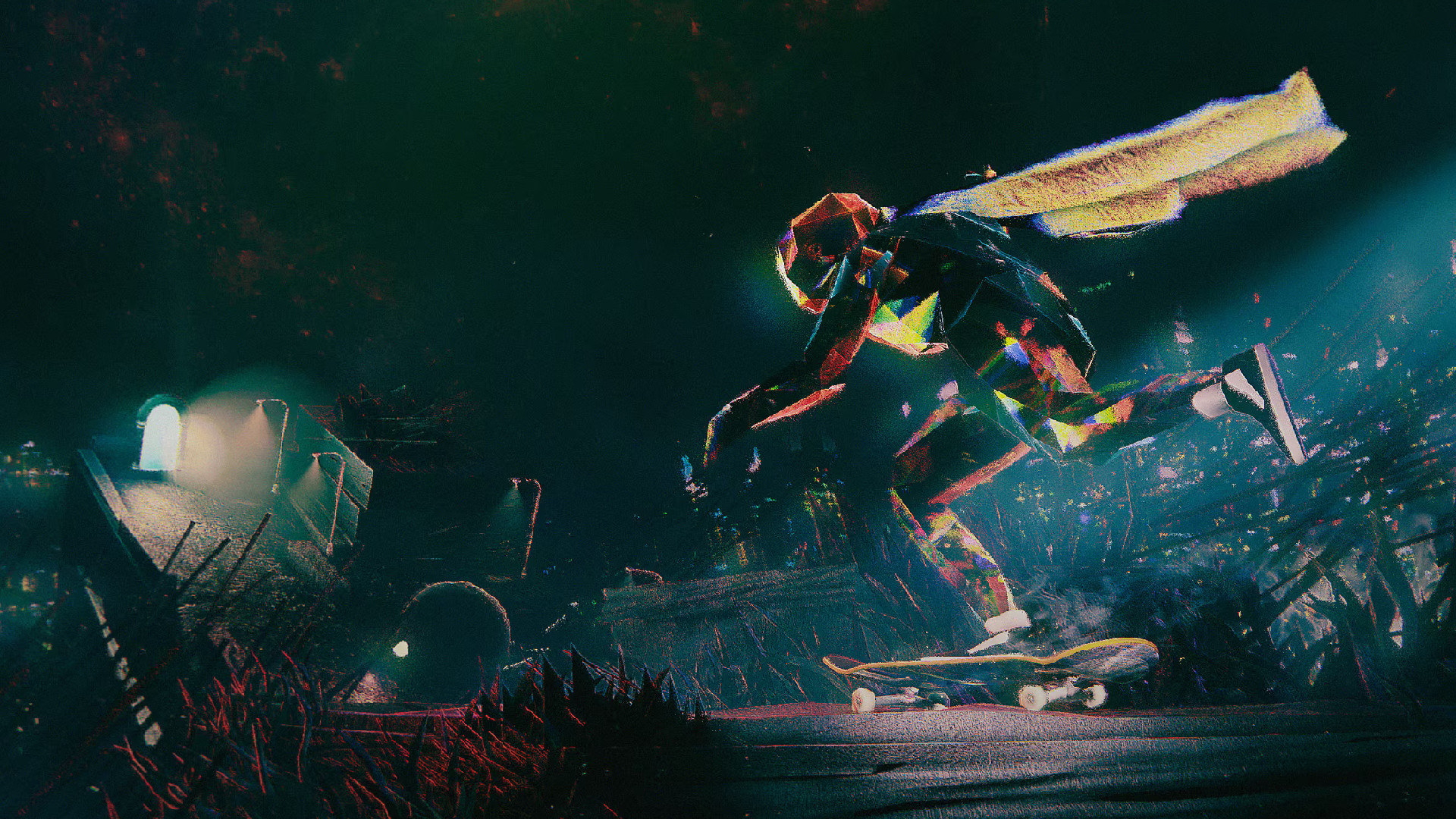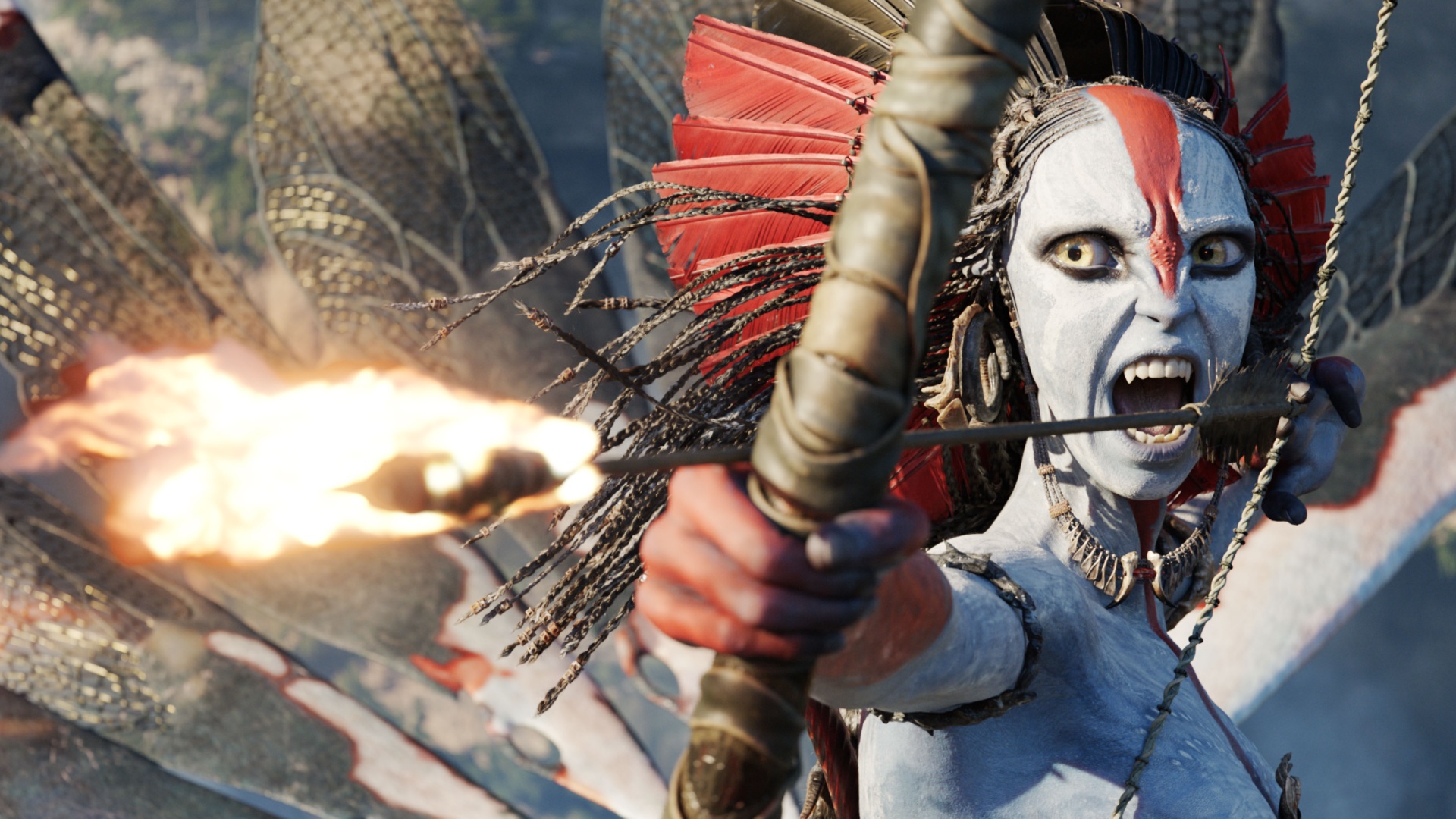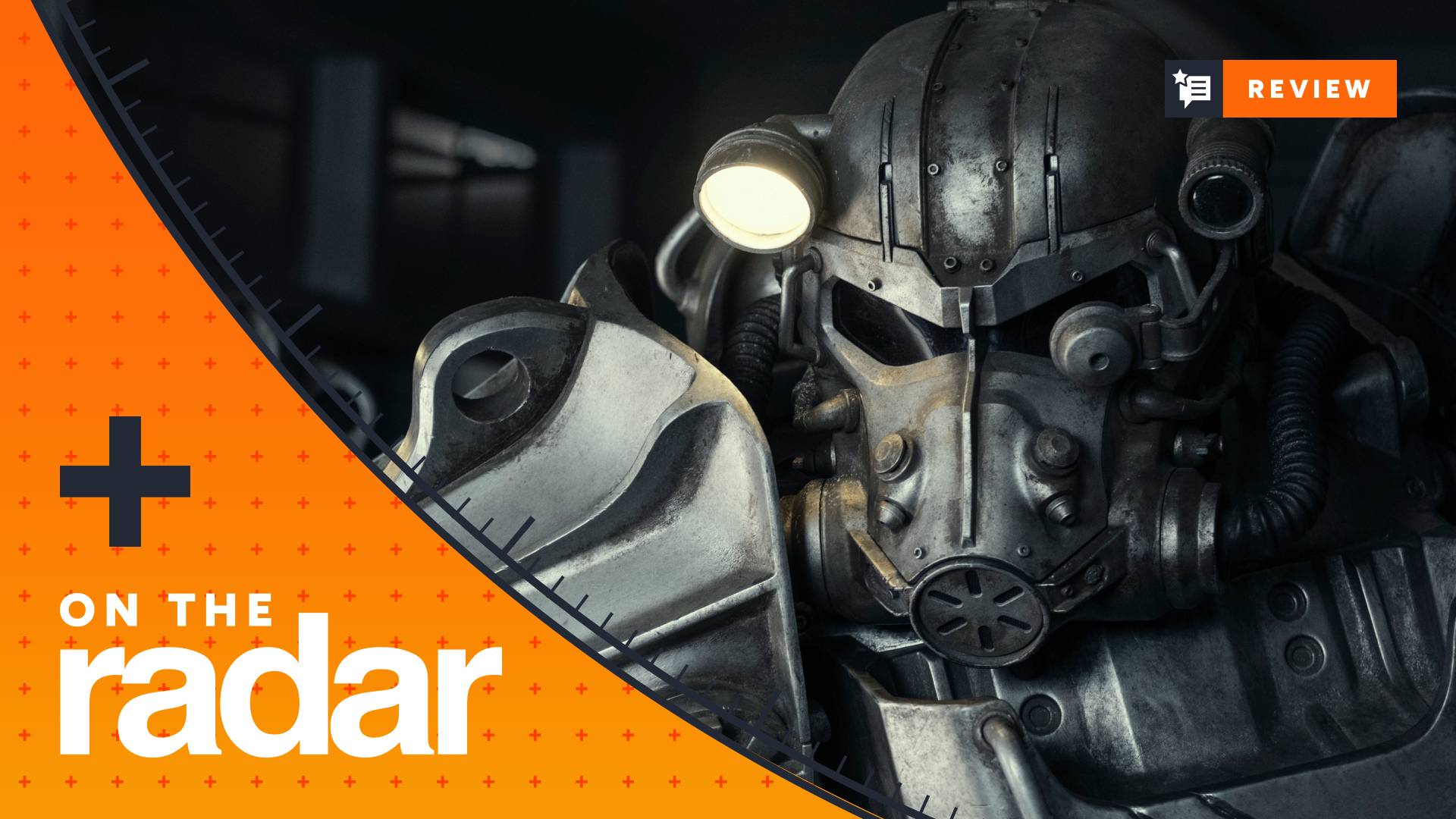GamesRadar+ Verdict
Pros
- +
Skill-based aerial challenges
- +
Mission sizes are perfect for portable gaming
- +
Free Flight adds tons of hidden collectibles
Cons
- -
Possible to blast through in 2-4 hours
- -
3D doesn't enhance or help gameplay
- -
Only one map
- -
Wii Sports' Wuhu Island
Why you can trust GamesRadar+
Pilotwings has always been a tech demo series, but it’s also managed to be an incredibly fun tech demo series. The original helped launch the Super NES in 1991, introducing fancy new scaling and rotation effects not possible on earlier systems. This was followed by Pilotwings 64 in 1996, which saw vast new 3D realms the Super NES could only dream of. Now, after skipping both GameCube and Wii, the flight-school series returns with a whole new set of airplane, rocket pack and hang glider challenges to kick off the 3DS.
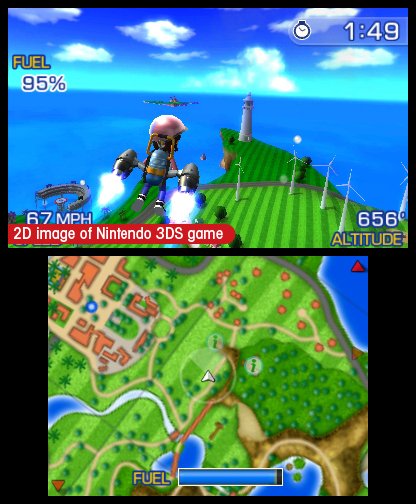
The tasks start off quite simple, then escalate to minutes-long tests of skill and endurance as you progress through each class. For example, the Bronze class introduces basic controls for the plane, jet pack and hang glider; as you near Platinum you’re asked to shoot targets, fly through rings and nail a perfect landing, all within a set time limit. Honestly, that’s it – just you against the clock, competing against yourself for better times and scores on each course.
But for a handheld game, that’s totally OK. There’s no shoehorned story mode, or tacked-on multiplayer to consider, just ranks, times and scores. Each challenge is perfectly suited for on-the-go gaming, yet entire classes fit together nicely for extended sessions at home. Of all the 3DS launch games, this has been in my system the most.
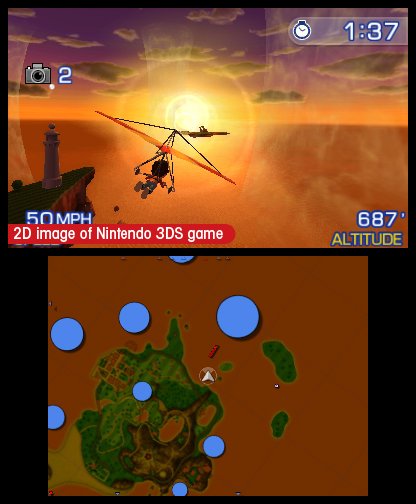
Each aircraft handles completely unique, and presents its own difficulties and benefits. The hang glider, for instance, constantly loses altitude and requires air currents to stay aloft. The tradeoff is a great sensation of slowly soaring over Wuhu Island, soaking up a sunset as some of the most relaxing Weather Channel-esque music I’ve ever heard softly plays underneath. It’s a struggle to keep the glider going, but persistence pays off with immensely trimmed finish times and 100mph dives through offshore rock formations. It’s the hardest device to control and keep in the air, yet the most rewarding.
The rocket pack handles as realistically as you can expect; get going too fast in one direction and your momentum keeps propelling you forward. It’s probably the easiest thing to pilot, as landings (usually the hardest part of any flight game) can be micro-managed with slight bursts from your jets until the last second. Finally, the plane is… well it’s a plane, though it’s always moving forward. You can brake and boost, but you can’t minutely adjust your speed. I don’t see the benefit of this setup, other than simplifying controls for newcomers. I understood how to speed up and slow down in 1991 – surely kids could figure it out today?
As I mentioned before, Pilotwings has ushered in two new Nintendo machines as a cleverly disguised tech demo. Makes sense – as new hardware is introduced, developers can create more realistic terrain and vehicles that handle closer to the real thing. This time, the tech on display is obviously the 3DS’ depth of field, but in a sense, every launch game is a tech demo.
Weekly digests, tales from the communities you love, and more
Pilotwings Resort visuals do indeed stretch into the horizon, but the 3D effect doesn’t make it any easier to judge distances between your plane and the next floating ring, or your hovering rocket pack and the landing pad up ahead. If anything, the placement of your craft (nestled right in the middle), is distracting in 3D, appearing as a floating object in the foreground, almost artificially dangling over a 3D world underneath. After a few minutes of 3D play each session, I switched it back to 2D and enjoyed the experience just as much, if not more. Even when flat, Pilotwings Resort looks presentable and clean.
More info
| Genre | Flight |
| Description | System seller? Not quite. Fun, simple flight game that handles great and conveys a fantastic sense of speed and height? Absolutely. |
| Platform | "3DS" |
| US censor rating | "Everyone" |
| UK censor rating | "3+" |
| Release date | 1 January 1970 (US), 1 January 1970 (UK) |
A fomer Executive Editor at GamesRadar, Brett also contributed content to many other Future gaming publications including Nintendo Power, PC Gamer and Official Xbox Magazine. Brett has worked at Capcom in several senior roles, is an experienced podcaster, and now works as a Senior Manager of Content Communications at PlayStation SIE.
